How the oil-to-gas system is installed?
Installation Guidelines for CNG/LPG Fuel Conversion Pressure Regulator in Vehicles:
1)The specifications and model of the pressure regulator should match the pipeline to ensure its accuracy and reliability. Additionally, pay attention to the material of the pressure regulator, choosing a material suitable for the working medium to prevent corrosion or damage.
2)During the installation of the pressure regulator, consider the following points:
• Installation Position: The pressure regulator should be installed upstream of the pipeline to ensure effective pressure control. Also, install the pressure regulator on a vertical pipeline to avoid excessive horizontal forces and torque.
• Installation Environment: Place the pressure regulator in a dry, well-ventilated area, avoiding harsh conditions such as moisture, high temperatures, and corrosive gases
• Regular Inspection and Maintenance: Periodically inspect the pressure regulator for any damage or signs of wear, and perform cleaning and maintenance as needed.
• Safety Operation: When installing, adjusting, or maintaining the pressure regulator, ensure that the natural gas valve is closed first, and confirm that the gas system is in a safe state. Additionally, operators should receive relevant training, be familiar with operating procedures, and adhere to safety regulations.
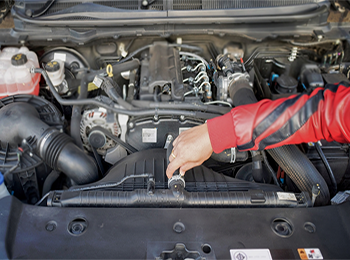
Installation Guidelines for CNG/LPG Fuel Conversion Injector Rail in Vehicles:
1)Installation Position: Place the injector rail in a location near the engine, avoiding areas prone to heat sources, compression, and collisions to ensure stable operation and reduce safety risks.
2)Connection Method: Ensure a secure connection between the injector rail and the wiring harness connectors, preventing issues such as loosening or poor contact that could affect the normal gas supply.
3)Calibration and Usage: After installation, perform calibration and testing to ensure the injector rail operates correctly. During usage, regularly inspect and maintain the injector rail, including tasks like cleaning the air filter and replacing filter elements, to keep it in good working condition.
4)Safety Operation: When installing, adjusting, or maintaining the injector rail, close the natural gas valve first and confirm the gas system is in a safe state. Operators should undergo relevant training, be familiar with operating procedures, and adhere to safety regulations.

Installation Guidelines for CNG/LPG Fuel Conversion Electronic Control Unit (ECU) in Vehicles:
1)Installation Environment: Choose an installation location for the ECU that is far from heat sources and dust, such as the exhaust pipe and catalytic converter, to avoid affecting the ECU¡¯s heat dissipation.
2)Wiring Connections: Ensure that the ECU¡¯s wiring connections are correct and stable, preventing issues like poor contact or looseness that could lead to the ECU not functioning properly.
3)Calibration and Usage: After installation, perform calibration and testing to confirm that the ECU operates correctly. During usage, regularly inspect and maintain the ECU, checking for loose connections and replacing damaged components to keep it in good working condition.
4)Safety Operation: When installing, adjusting, or maintaining the ECU, turn off the vehicle¡¯s power first and ensure the gas system is in a safe state. Operators should undergo relevant training, be familiar with operating procedures, and adhere to safety regulations.
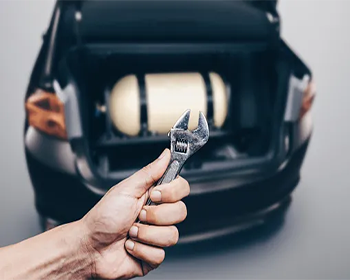
Installation Guidelines for CNG/LPG Fuel Conversion Gas Cylinder in Vehicles:
1)The installation of the gas cylinder should be safe, reliable, and securely positioned with a reasonable layout. Choose an installation location away from heat sources, and the ambient temperature should not exceed 55 degrees Celsius. If necessary, provide adequate ventilation.
2)The installation of the filling device should include appropriate protection and devices for facilitating the filling operation.
3)The restart system should be equipped with devices that effectively prevent gas from flowing back into the cylinder.
4)The installation of high-pressure pipelines should follow the principle of the shortest path. All high-pressure pipelines should be organized, laid out reasonably, and free from friction and collisions with adjacent components.
5)The distance between rigid high-pressure pipelines, high-pressure pipe joints, and the engine exhaust pipe and driveshaft should not be less than 75 mm. Necessary heat insulation devices should be installed when the distance between rigid high-pressure pipelines and the exhaust pipe is between 75 mm and 200 mm.
6)A natural gas filter should be installed between the gas cylinder and the pressure regulator. The installation of this device should also follow the principles of easy inspection, cleaning, and maintenance.
7)The pressure regulator is generally installed in a location with minimal vibration and close to the engine, typically using a flexible connection with the engine. It should be installed away from the exhaust system.
8)When installing relevant components of the natural gas system, attention should be paid to various aspects. For instance, the installation of the gas cylinder should be safe, reliable, and securely positioned with a reasonable layout. Choose an installation location away from heat sources, and the ambient temperature should not exceed 55 degrees Celsius. If necessary, provide adequate ventilation.
In summary, the conversion of a car from gasoline to gas involves significant modifications and should be carried out by professional technicians. Attention must be given to safety procedures, and it is essential to be aware of relevant laws, regulations, and safety standards before undertaking the conversion to ensure legality and compliance. Only with correct and reasonable installation and usage can the normal operation and safety of the car¡¯s gas conversion system be guaranteed.
The information provided above is for reference only, and it is recommended to consult professional mechanics to obtain more accurate information.
Refer to£ºhttps://www.atbs.com/post/5-things-you-need-to-know-before-switching-to-cng
The pictures and articles are from the internet. If there is any infringement, please contact us to delete them.
Popular articles
-
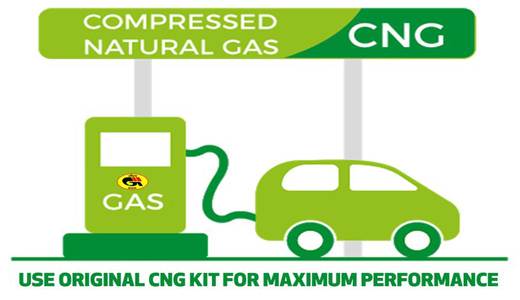
How the CNG Automotive S
Compressed natural gas (CNG) automotive systems
-
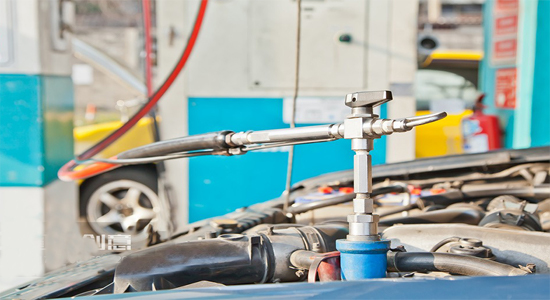
What Is CNG Pressure Red
The pressure reducer of natural gas vehicle is
-
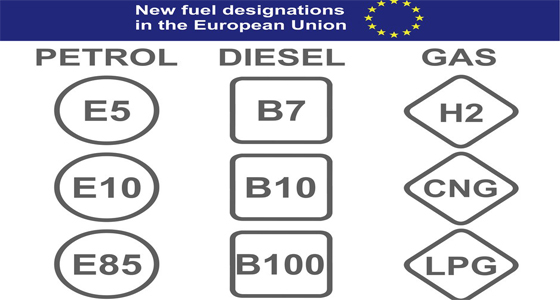
Advantages Of CNG Gas V
Compressed natural gas vehicles are vehicles th
-

Reasons For High Gas Con
1. Original vehicle condition A. The tec
-
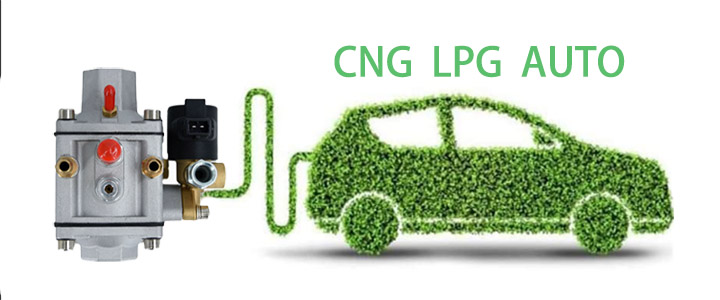
Differences Between Sing
Characteristics of Gas Single Point Device
-
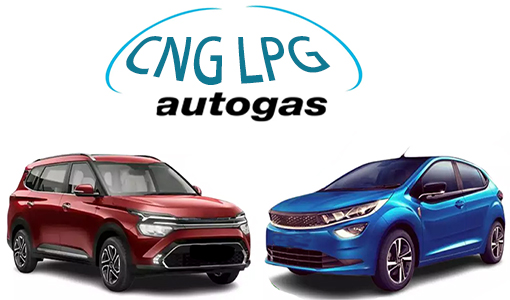
How To Improve The Power
1. Install ignition advance angle What i
-
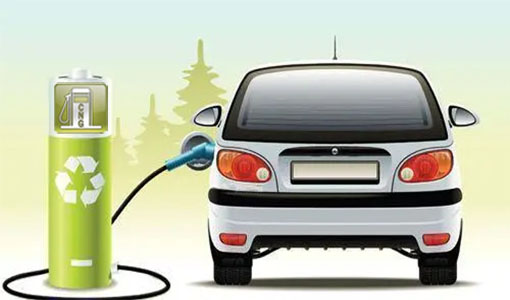
Advantages And Principle
LPG and CNG are two mainstream alternati
-

How The CNG Gas Vehicle
If you want to know ¨C how does the CNG conversi






Latest comments
0piece comment
no comments, welcome to comment¡£